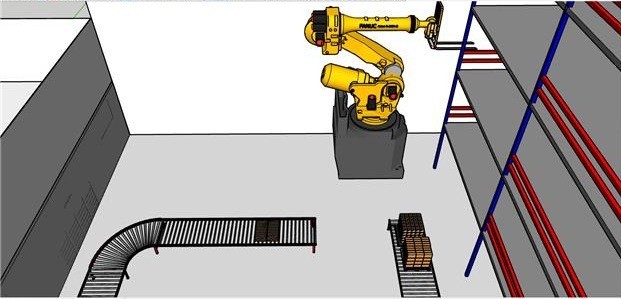Automation has emerged as a game-changing force across industries, revolutionising the way businesses operate. Whether it's streamlining processes, enhancing productivity, or minimising expenses, automation has proven to be a vital tool for organisations striving to remain competitive in today's fast-paced world. In this article, we will explore the significance of automation in two crucial aspects: increasing efficiency and lowering costs.
Increasing Efficiency through Automation
Streamlined Processes
Automation empowers businesses to optimise their operations by eliminating manual and repetitive tasks. With the ability to perform complex actions rapidly and accurately, automated systems reduce human error, ensuring consistent and reliable outcomes. By automating routine processes, employees can focus on higher-value tasks that require creativity, critical thinking, and problem-solving abilities. This not only enhances efficiency but also boosts overall employee satisfaction.
Improved Productivity
Automation brings unparalleled speed and precision to tasks that would otherwise consume significant time and effort. By leveraging technologies such as robotic process automation (RPA), artificial intelligence (AI), and machine learning (ML), businesses can automate data entry, customer support, inventory management, and other repetitive tasks. Consequently, productivity levels soar as systems work tirelessly 24/7, accelerating the pace of operations and enabling organisations to handle higher work volumes.
Enhanced Collaboration
Automation tools facilitate seamless communication and collaboration among teams, regardless of geographical barriers. Cloud-based project management platforms, automated notifications, and real-time data sharing enable efficient collaboration and knowledge sharing. This collaborative environment allows employees to work together on projects, make informed decisions, and respond swiftly to challenges, thereby streamlining workflows and increasing overall efficiency.
Lowering Costs through Automation
Reduced Labor Expenses
Automation reduces reliance on manual labour, which can be a significant cost-saving factor for businesses. By automating tasks traditionally performed by employees, companies can minimise labour costs associated with recruitment, training, salaries, benefits, and employee turnover. Moreover, automated systems can handle repetitive tasks without requiring breaks or vacation time, leading to substantial long-term cost savings.
Minimised Errors and Rework
Manual processes are prone to errors, which can result in costly rework, product recalls, and customer dissatisfaction. Automation significantly reduces the risk of errors by ensuring consistent accuracy and adherence to predefined rules. By mitigating mistakes, businesses can avoid the financial consequences of defects, warranty claims, and corrective measures, ultimately saving resources and preserving their brand reputation.
Optimal Resource Utilisation
Automation tools enable businesses to analyse and optimise resource allocation, ensuring efficient use of time, energy, and materials. By employing data-driven insights, companies can streamline supply chain management, inventory control, and production processes, minimising wastage and maximising resource utilisation. These improvements result in cost reductions, improved profitability, and a sustainable approach to resource management.
Conclusion
Automation is transforming the business landscape, offering organisations the means to increase efficiency and lower costs simultaneously. By automating repetitive tasks, businesses can enhance productivity, streamline processes, and foster innovation.
Moreover, automation significantly reduces labour expenses, minimises errors, and optimises resource allocation, resulting in substantial cost savings. As technology continues to advance, organisations that embrace automation will gain a competitive edge, enabling them to thrive in an increasingly dynamic and cost-conscious market.
Enjoyed this? Read more from North Star Projects






















